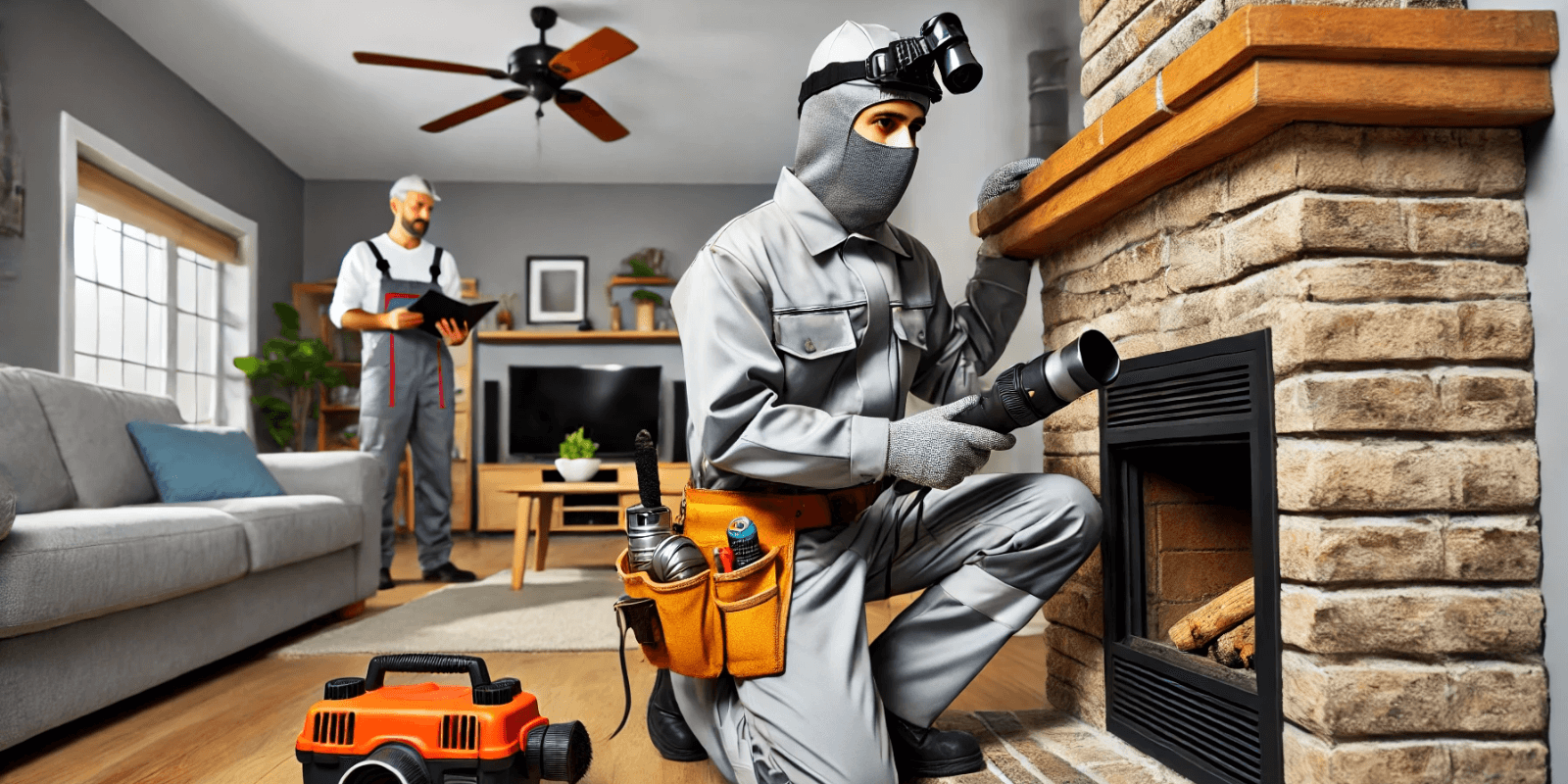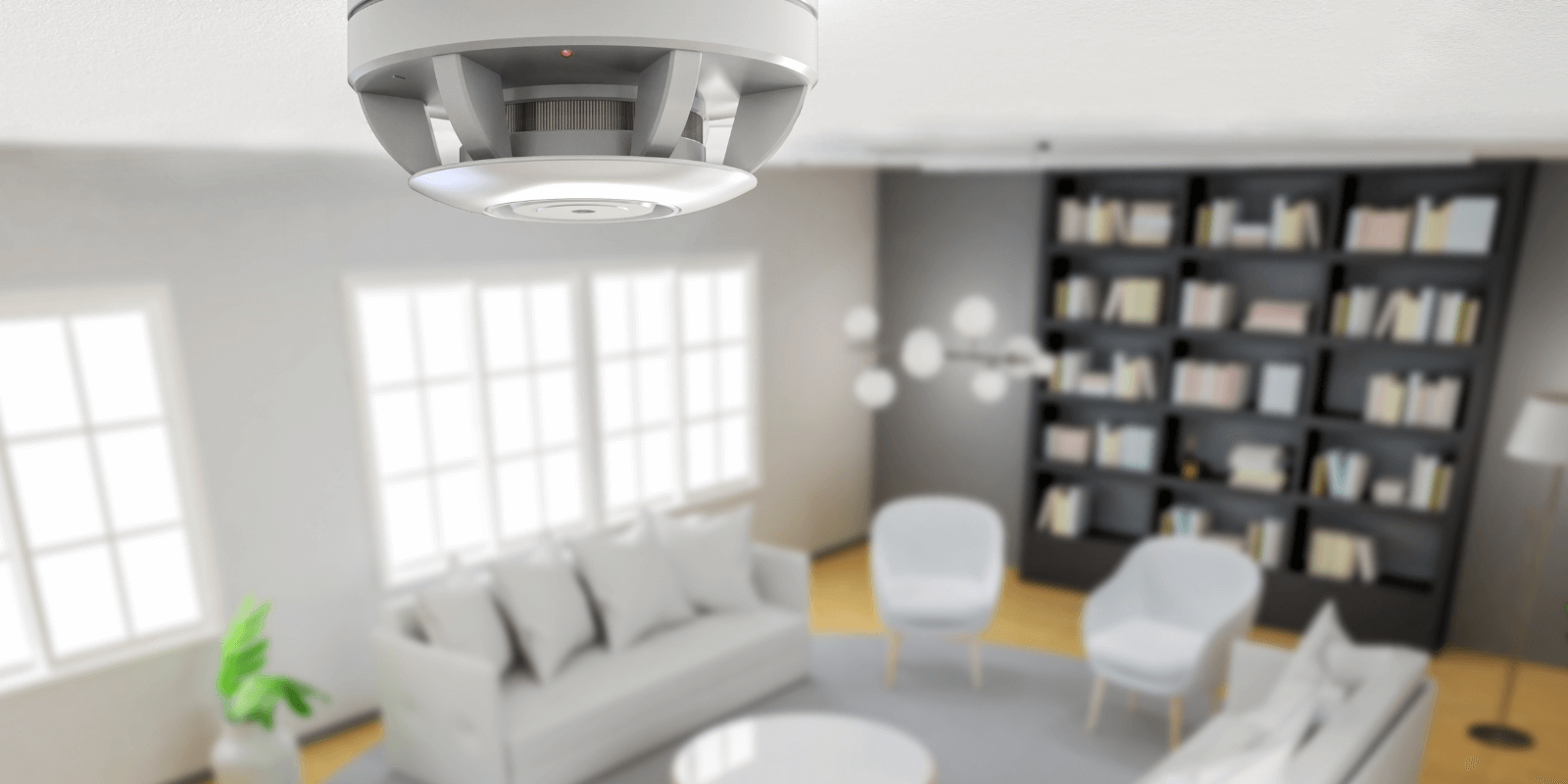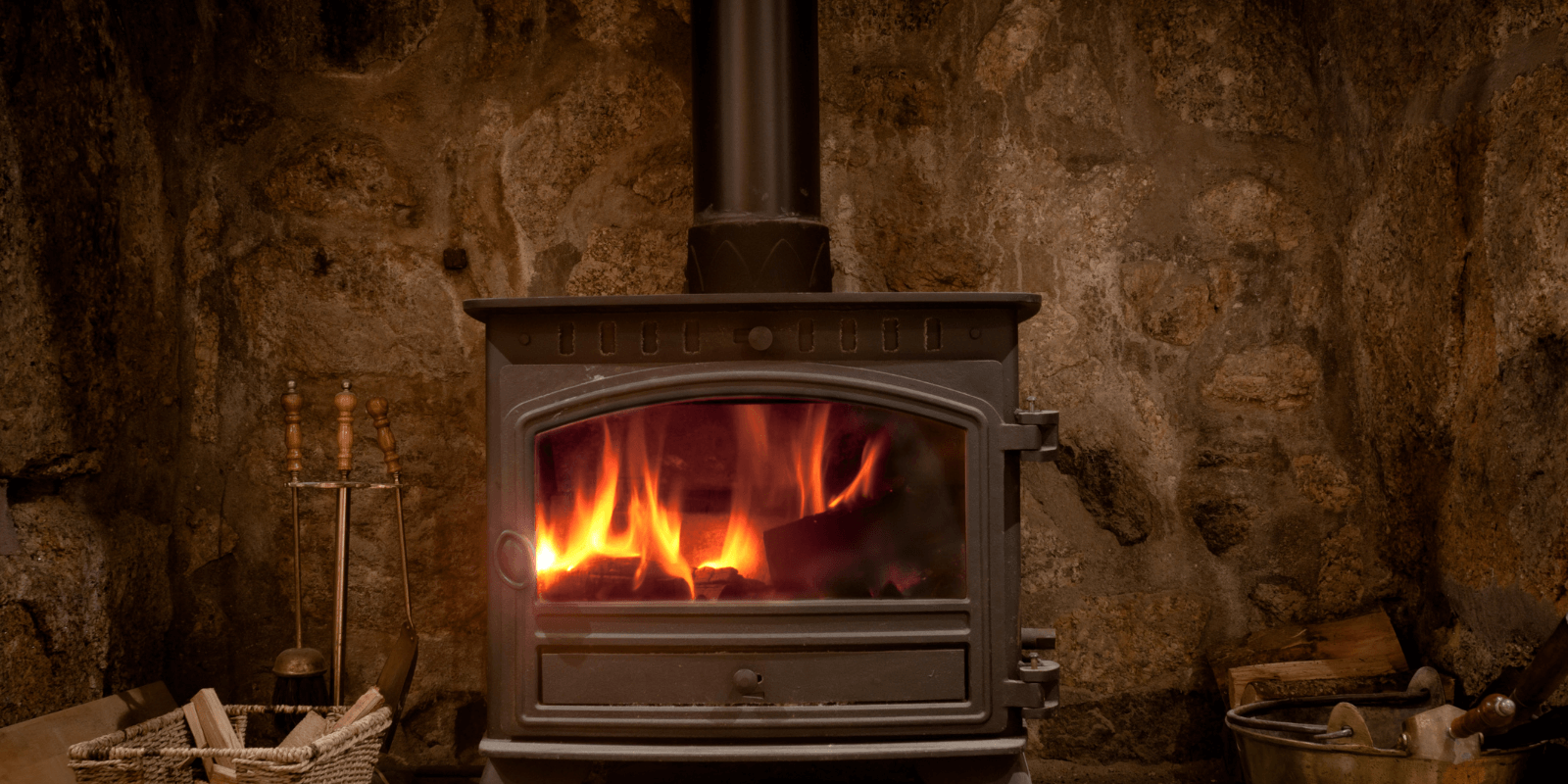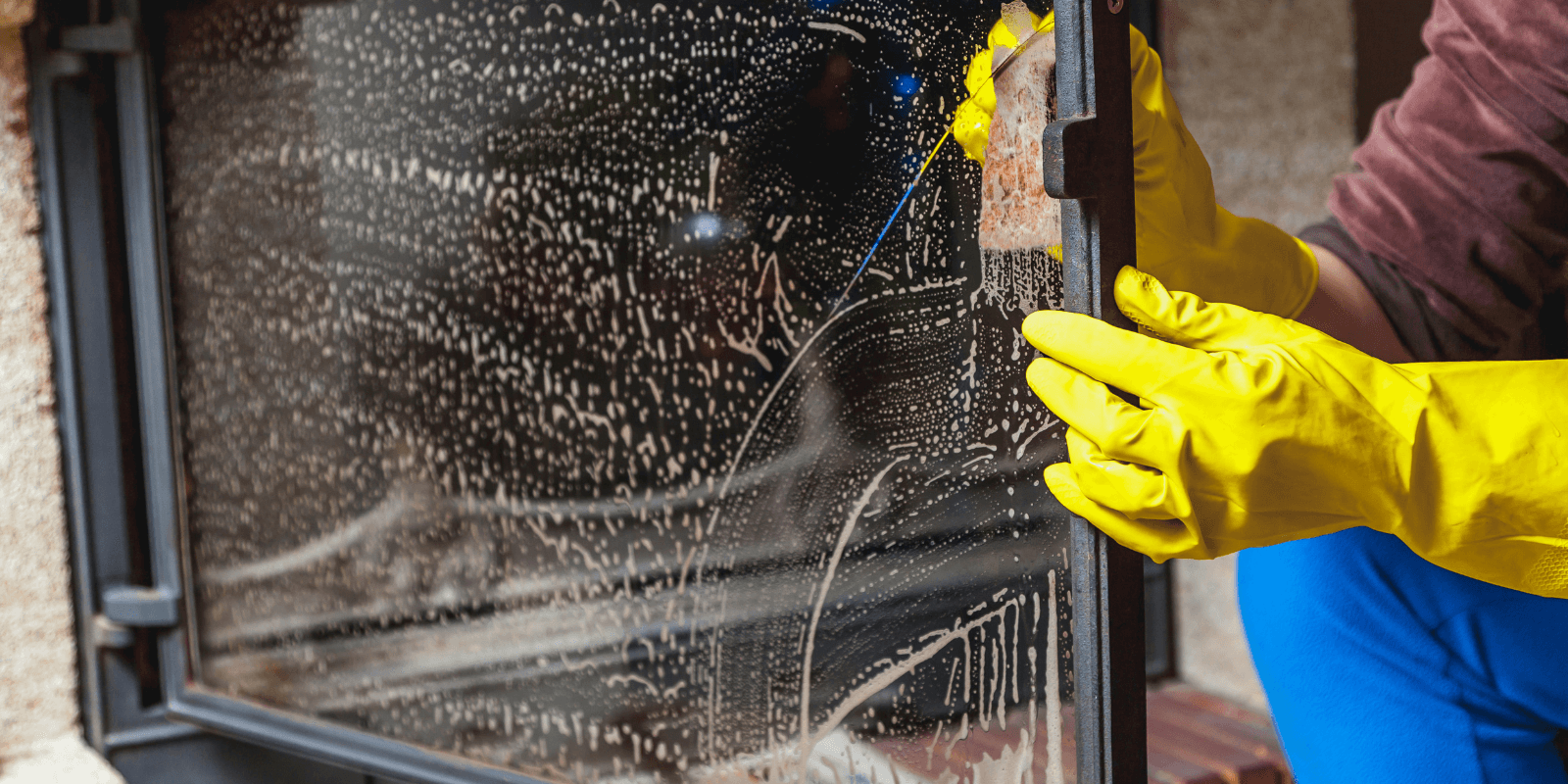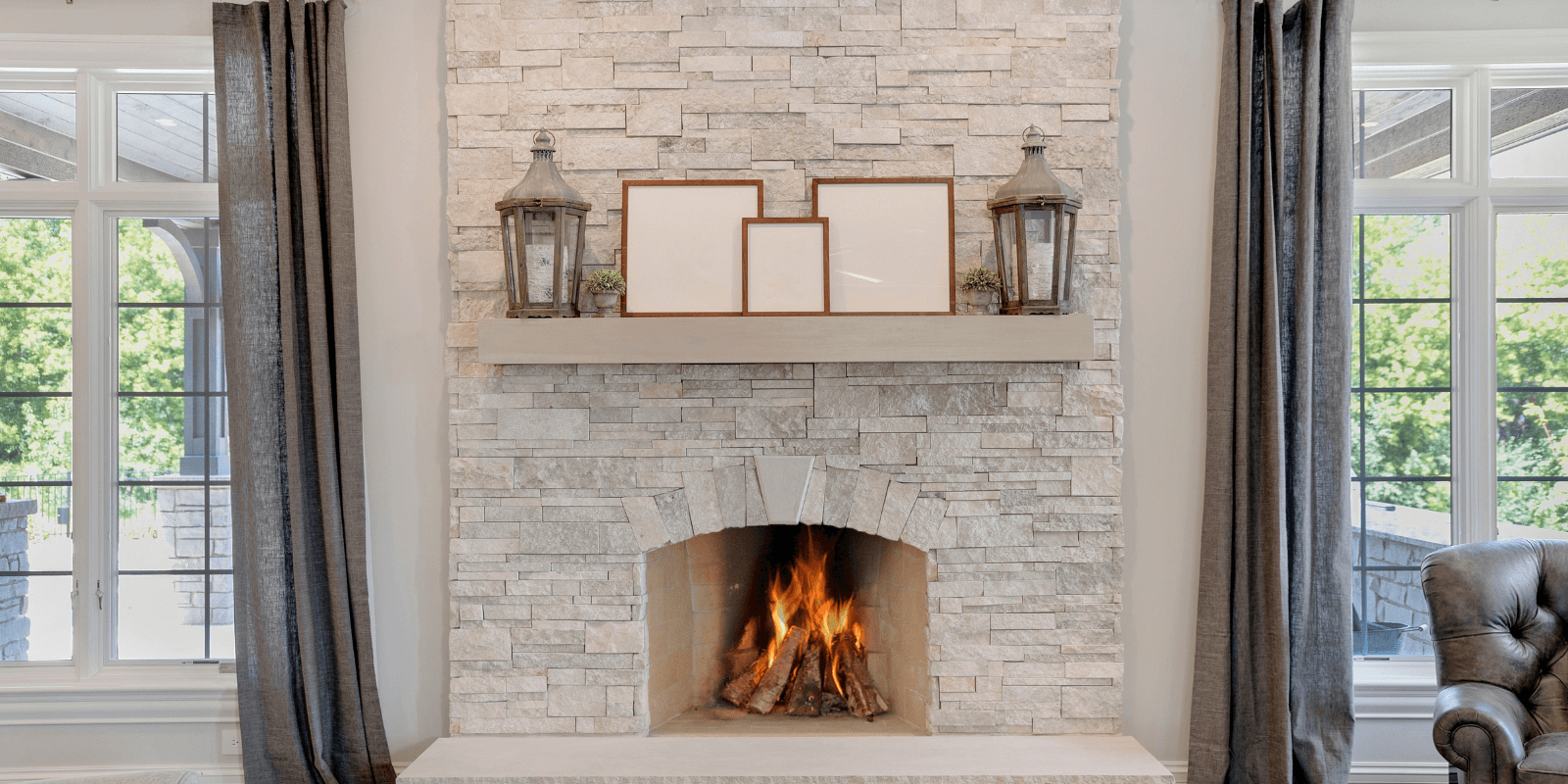Outline
-
-
-
- Introduction
- Regular Chimney Inspections and Cleaning
- Install and Maintain Smoke and Carbon Monoxide Detectors
- Use the Right Fuel
- Proper Fire Starting and Maintenance
- Use a Fireplace Screen or Glass Doors
- Establish a Safety Zone
- Never Leave a Fire Unattended
- Proper Ash Disposal
- Teach Children Fireplace Safety
- Have the Right Tools on Hand
- Be Prepared for Emergencies
- Fireplace Alternatives and Additional Safety Measures
- Special Considerations for Gas Fireplaces
- Outdoor Fireplace and Fire Pit Safety
- Seasonal Considerations
- Understanding Signs of Trouble
- Conclusion
-
-
Introduction
As winter approaches, many families look forward to cozy evenings gathered around a warm fireplace. While fireplaces can provide comfort and ambiance, they also come with potential hazards. Ensuring your family’s safety while enjoying your fireplace is paramount. This comprehensive guide will walk you through essential fireplace safety tips to keep your home warm and secure.
Regular Chimney Inspections and Cleaning
The foundation of fireplace safety begins with proper maintenance. Schedule annual chimney inspections and cleanings with a certified chimney sweep. These professionals can:
- Detect and clean creosote buildup, a major cause of chimney fires
- Identify structural issues or damage in the chimney
- Ensure proper venting and draft
- Check for animal nests or other blockages
Don’t wait until winter to schedule these services. Early fall is ideal, giving you time to address any issues before the cold season hits.
Install and Maintain Smoke and Carbon Monoxide Detectors
Smoke and carbon monoxide detectors are your first line of defense against fire and poisonous gases. Follow these guidelines:
- Install detectors on every level of your home, especially near sleeping areas
- Test detectors monthly and replace batteries at least once a year
- Replace the entire unit every 10 years or as recommended by the manufacturer
- Consider interconnected detectors that all sound when one is triggered
Remember, carbon monoxide is odorless and colorless, making detectors crucial for early warning.
Use the Right Fuel
For Wood-Burning Fireplaces
- Use only seasoned hardwood that has dried for at least six months
- Avoid burning treated wood, painted wood, or any wood with glue (like plywood)
- Never burn trash, plastic, or paper products other than plain paper for starting the fire
For Gas Fireplaces
- Ensure your gas line is properly installed and maintained by a professional
- Never use any other fuel source in a gas fireplace
Proper Fire Starting and Maintenance
Starting and maintaining a fire safely is crucial:
- Open the damper fully before lighting the fire
- Use kindling and plain paper to start the fire, never flammable liquids
- Build smaller, hotter fires that burn more completely and produce less smoke
- Add wood carefully to avoid sparks
- Keep the fire manageable – don’t overload the fireplace
Use a Fireplace Screen or Glass Doors
Prevent sparks from escaping and causing burns or starting fires:
- Use a metal mesh screen or glass doors to cover the entire fireplace opening
- Ensure screens are sturdy and won’t tip over easily
- Teach children about the dangers of touching hot screens or doors
Establish a Safety Zone
Create a safe area around your fireplace:
- Keep flammable objects at least 3 feet away from the fireplace
- Use a non-flammable rug in front of the fireplace
- Never hang stockings or other decorations from the mantel when a fire is lit
- Secure or remove nearby curtains that could be blown into the flames
Never Leave a Fire Unattended
Always extinguish the fire before leaving the house or going to bed. Here’s how:
- Spread out the embers and ashes
- Cover them with ash from the bottom of the fireplace
- Close the damper to prevent drafts from reigniting embers
Proper Ash Disposal
Improper ash disposal can lead to fires. Follow these steps:
- Wait at least 24 hours after the fire is out before removing ashes
- Use a metal shovel to scoop ashes into a metal container with a tight-fitting lid
- Store the container outside, away from structures and combustible materials
- Never dispose of ashes in plastic, paper, or cardboard containers
Teach Children Fireplace Safety
Educate your children about fireplace dangers and establish clear rules:
- Never play near or with fire
- Don’t throw anything into the fire
- Stay away from the fireplace when it’s in use
- Tell an adult immediately if anything falls into the fire
Consider creating a “safety zone” marked with tape on the floor to show children where not to cross when the fireplace is in use.
Have the Right Tools on Hand
Keep these tools near your fireplace:
- A fire extinguisher rated for wood and electrical fires
- A fireplace poker for adjusting logs
- A shovel for ash removal
- Heat-resistant gloves
Ensure all family members know where these tools are and how to use them.
Be Prepared for Emergencies
Despite precautions, emergencies can happen. Be prepared:
- Develop and practice a family fire escape plan
- Teach everyone how to use a fire extinguisher
- Post emergency numbers near the phone or program them into cell phones
- If a fire spreads beyond the fireplace, evacuate immediately and call 911
Fireplace Alternatives and Additional Safety Measures
If traditional fireplaces seem too risky, consider safer alternatives:
- Electric fireplaces: These provide ambiance without real flames or emissions
- Gas fireplaces: While still requiring safety measures, they’re generally cleaner and easier to control than wood-burning fireplaces
- Pellet stoves: These burn compressed wood pellets and are more efficient than traditional fireplaces
For added safety with any type of fireplace:
- Install glass doors to provide an extra barrier
- Use fireplace grates to keep burning wood in place
- Consider a chimney cap to prevent animals and debris from entering
Special Considerations for Gas Fireplaces
If you have a gas fireplace, follow these additional safety tips:
- Have a professional inspect and clean the fireplace annually
- Check that the pilot light is burning efficiently and that connections are secure
- Install a carbon monoxide detector specifically near the fireplace
- Teach family members how to smell for gas leaks and what to do if they detect one
- Keep the area around gas valves clear for easy access in emergencies
Outdoor Fireplace and Fire Pit Safety
For those with outdoor fireplaces or fire pits:
- Place them at least 10 feet away from structures and combustible materials
- Clear overhead tree branches
- Always have a water source or fire extinguisher nearby
- Never use them in windy conditions
- Fully extinguish fires before leaving them unattended
Seasonal Considerations
As seasons change, so should your fireplace safety practices:
Spring and Summer
- Have your annual inspection and cleaning done
- Cover the chimney to prevent animals from nesting
- Consider dehumidifying your chimney to prevent moisture damage
Fall
- Remove any nests or debris before your first fire of the season
- Check that the damper opens and closes properly
- Trim any overhanging tree branches near the chimney
Winter
- Keep snow and ice clear from the top of the chimney
- Be aware of the risk of chimney fires during heavy use periods
Understanding Signs of Trouble
Educate your family on signs that indicate potential fireplace problems:
- Smoke entering the room
- Unusual odors coming from the fireplace
- Excessive soot buildup inside the fireplace
- Discoloration on the exterior of the chimney
If you notice any of these signs, stop using the fireplace and consult a professional immediately.
Conclusion
A fireplace can be the heart of a home, providing warmth and creating lasting family memories. By following these safety tips, you can enjoy your fireplace with peace of mind, knowing you’ve taken important steps to protect your loved ones and your home. Remember, fireplace safety is an ongoing process that requires attention and care throughout the year. By making these practices a part of your routine, you’ll ensure that your fireplace remains a source of comfort and joy, not a cause for concern.
Incorporate these tips into your family’s fire safety plan, and don’t hesitate to consult with local fire safety experts or chimney professionals for advice specific to your home and situation. With the right precautions and knowledge, you can keep your home warm, your family secure, and your winter evenings cozy and safe.

